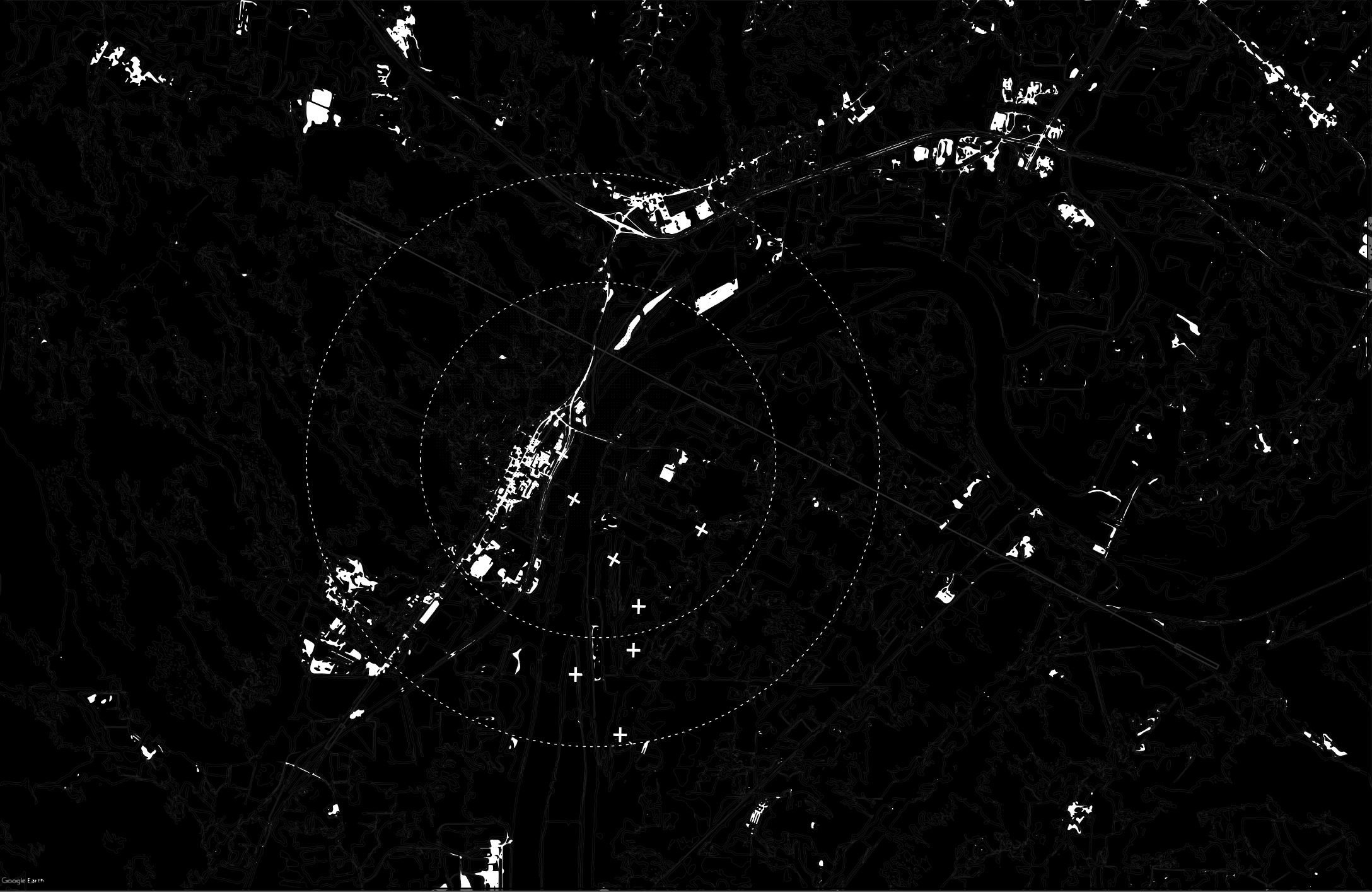Appalachia Studio stems from the research of in low places so as to leave the surface of a gentle, revitalization and preservation of minority districts in small town Tennessee, as economic and cultural impetus. Through open dialogue and communication, the studio challenges pre-existing racial connotations and attempts to include the voice of all people in city planning. The site housed in South Pittsburg, TN marks a historically significant Rosenwald school (McReynolds High School). In 1912, Julius Rosenwald commenced an effort to improve the quality of public education for African Americans in the South. Through the Rosenwald fund, by1928, one in five rural schools within the region was a Rosenwald School. These schools accommodated one third of black schoolchildren in the South and brought forth radical ideas about school design. Research in pedagogy and health altered how Tuskegee architects designed Rosenwald schools. Considerations such as lighting, heating, ventilation, sanitation, and instructional needs contributed to a healthier learning environment. Rosenwald states in a community school planning magazine how one should respond to site conditions. "In selecting a site for a schoolhouse, care should be taken to secure a plot with a gentle slope, containing rich soil that can be plowed readily.' He later states, "Grade the top by plowing and scraping off any high bumps and filling in low places so as to leave the surface of a gentle, harmonious appearance. Native shrubbery of a number of kinds should be chosen for planting-mass the shrubs, in a natural way, never in formal manner. Imitate nature in this regard." The level of detail and considerations of siting induced new regulations for school design that were implemented at all-white schools. McReynolds embodies the attention to site with natural ventilation and maximizing solar conditions. As the school currently exists as ruins, the ideas and history that remain in the town through people's recollections occupies the site immensely. Dismissing McReynolds dismisses the black community. Rehabilitation of the community space is critical to educate and tell the story of the past.
With an emerging greenway network, one's sense of place becomes rooted in South Pittsburg's history and people. Acknowledging the historical significance of the site must be pursued by linking the once standing McReynolds school to the riverfront. The ruins that occupy the site currently represent a reform of black education and the importance of bringing a community together in a shared space. The burning of McReynolds was the loss of the black community and the cultural groundings rooted in that position. The design project aims to develop a spatial language that narrates the story of McReynolds through multiple layers of fragmentation and reflection of experiences. The question if architecture can provide a new relationship for the city and its inhabitants, as well as tourists. to experience distance, time, and place continues to be explored. The programmatic conditions of a cultural museum act as a space of edification. The threshold of the urban grid meshing with the placement of the school, once indicated a racial divide. The reverberations of the divide frame a silhouette of purpose as McReynolds stood looking out on the cit. The joining of stories and associations supersedes the architecture into the presence of feeling the echoes of the lives the school and community impacted. Echoes that thirst to be heard.
echoes of the past



















